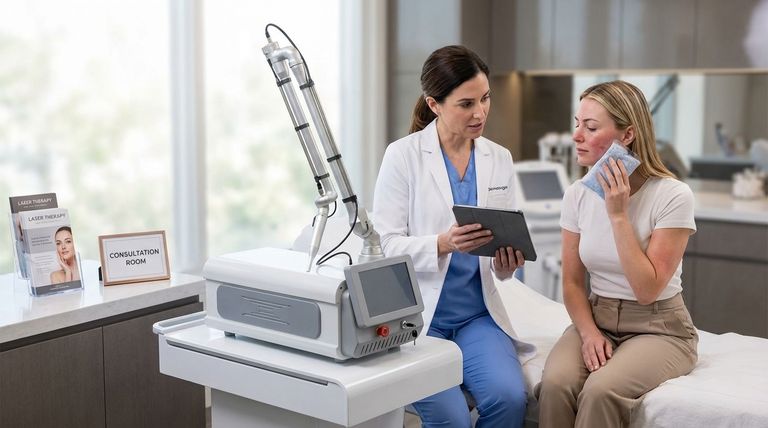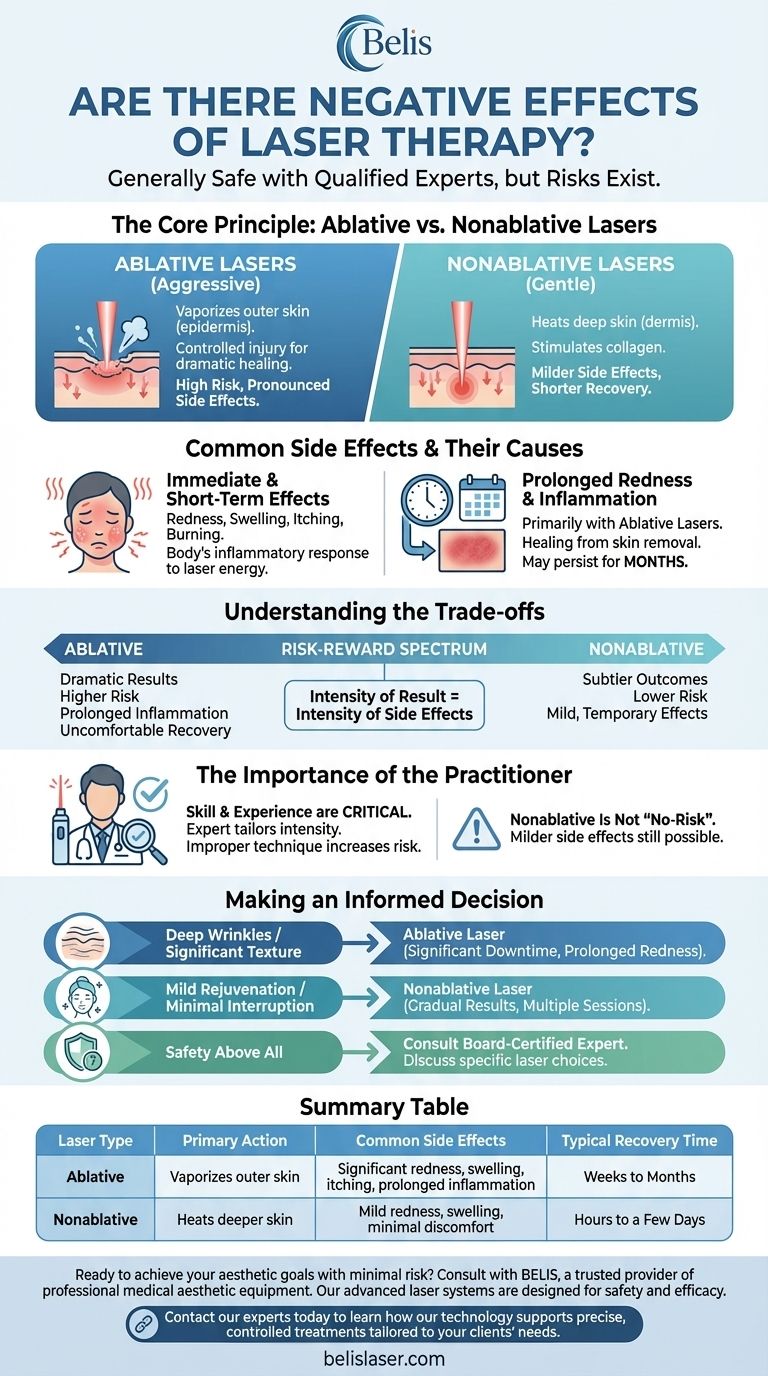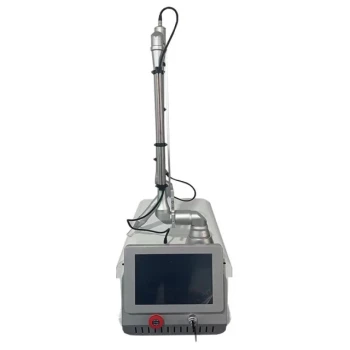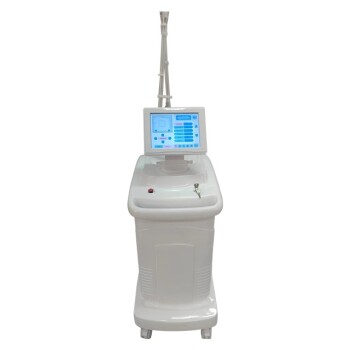While generally safe in the hands of a qualified expert, laser therapy does carry the potential for negative effects. The primary side effects involve inflammation of the treated area, including redness, swelling, itching, and a burning sensation. The intensity and duration of these effects depend almost entirely on the type of laser used for the treatment.
The risk and severity of side effects from laser therapy are not uniform. They are directly proportional to the aggressiveness of the treatment, with more intense ablative lasers carrying higher risks for more dramatic results, and milder nonablative lasers offering a gentler experience with subtler outcomes.

The Core Principle: Ablative vs. Nonablative Lasers
To understand the side effects, you must first understand the two fundamental categories of laser skin therapy. The potential for negative effects is directly linked to how these lasers work.
Understanding Ablative Lasers
Ablative lasers work by vaporizing the outermost layer of your skin (the epidermis). This is a controlled injury designed to trigger a significant healing response, which ultimately reveals smoother, newer skin underneath.
This aggressive approach is highly effective for treating deeper wrinkles and significant sun damage, but it is also the source of more pronounced side effects.
Understanding Nonablative Lasers
Nonablative lasers operate more subtly. They work by sending heat deep into the skin (the dermis) without injuring the surface.
This gentle heating stimulates collagen production from below. Because the outer skin is left intact, side effects are much milder and recovery time is significantly shorter.
Common Side Effects and Their Causes
The negative effects of laser therapy are typically part of the skin's natural healing process. Their severity is a direct reflection of the treatment's intensity.
Immediate and Short-Term Effects
Nearly all laser resurfacing treatments will cause some degree of redness, swelling, and a sensation of heat or itching immediately following the procedure.
This is the body's normal inflammatory response to the laser's energy. For nonablative treatments, these effects are often mild and may subside within hours or a few days.
Prolonged Redness and Inflammation
With more aggressive ablative laser treatments, the healing process is much more involved. Because the top layer of skin has been removed, the body must work harder to regenerate it.
This can result in redness and inflammation that may persist for several months. While this is an expected part of the recovery from this type of procedure, it is a significant factor to consider.
Understanding the Trade-offs
Choosing a laser therapy is a matter of balancing your desired outcome with your tolerance for risk and downtime.
The Risk-Reward Spectrum
There is a clear trade-off between the intensity of the result and the intensity of the side effects.
More powerful ablative lasers offer the potential for dramatic improvement in a single session but come with a higher risk of prolonged inflammation and a more uncomfortable recovery period.
The Importance of the Practitioner
The skill and experience of your practitioner are the most critical factors in minimizing risk. An expert understands how to tailor the laser's intensity to your specific skin type and condition.
Improper technique or incorrect settings can significantly increase the likelihood and severity of all potential side effects.
Nonablative Is Not "No-Risk"
While nonablative lasers are much gentler, they are not entirely without risk.
Patients can still experience milder versions of the same side effects, such as temporary swelling, redness, and itchiness. However, these are far less likely to be severe or long-lasting.
Making an Informed Decision
Your choice of laser therapy should be a collaborative decision made with a medical expert who understands your goals and skin.
- If your primary focus is correcting deep wrinkles or significant texture issues: An ablative laser may be necessary, but you must be prepared for a recovery that involves significant downtime and prolonged redness.
- If your primary focus is mild rejuvenation with minimal interruption to your life: A nonablative laser is a more suitable choice, with the understanding that results are more gradual and may require multiple sessions.
- If your primary focus is safety above all: Always discuss your concerns with a board-certified dermatologist or plastic surgeon and specifically ask why they are recommending one type of laser over another for you.
Ultimately, understanding the difference between these core technologies empowers you to have a more productive conversation about achieving your goals safely.
Summary Table:
| Laser Type | Primary Action | Common Side Effects | Typical Recovery Time |
|---|---|---|---|
| Ablative | Vaporizes outer skin layer | Significant redness, swelling, itching, prolonged inflammation | Weeks to months |
| Nonablative | Heats deeper skin layers | Mild redness, swelling, minimal discomfort | Hours to a few days |
Ready to achieve your aesthetic goals with minimal risk? Consult with BELIS, a trusted provider of professional medical aesthetic equipment. Our advanced laser systems are designed for safety and efficacy, helping medical aesthetics clinics and premium beauty salons deliver optimal results. Contact our experts today to learn how our technology supports precise, controlled treatments tailored to your clients' needs.
Visual Guide

Related Products
- Fractional CO2 Laser Machine for Skin Treatment
- Fractional CO2 Laser Machine for Skin Treatment
- Pico Picosecond Laser Machine for Tattoo Removal Picosure Pico Laser
- Diode Laser SHR Trilaser Hair Removal Machine for Clinic Use
- Cryolipolysis Fat Freezing Machine with Cavitation and Laser Lipolysis
People Also Ask
- Is CO2 laser for all skin types? A Critical Guide to Skin Type Safety and Risks
- What will my face look like after a CO2 laser? Your Complete Recovery Timeline
- Who is not suitable for CO2 laser? Key Risks for Darker Skin & Active Conditions
- What are the advantages of laser in the medical field? Precision, Recovery, and Drug-Free Solutions
- What does a CO2 laser do to your face? Achieve Profound Skin Resurfacing & Renewal



















